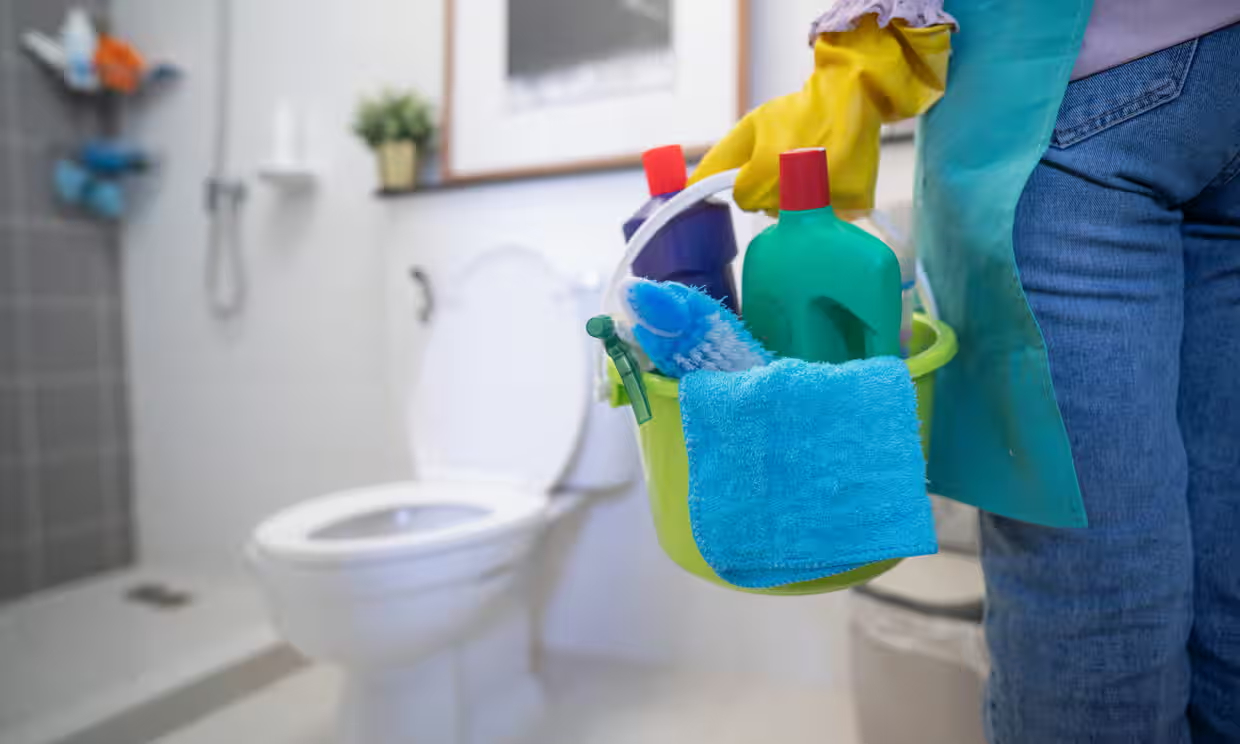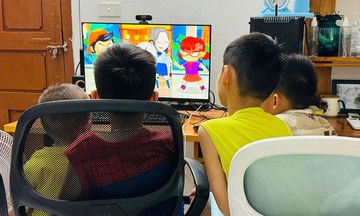Flushing seems like a simple act, but research suggests there's more to it than meets the eye.
Toilets are breeding grounds for bacteria, with the bowl being the epicenter. On average, a toilet bowl harbors about 3.2 million bacteria per square inch. Flushing can propel these microbes throughout the bathroom, potentially landing on you.
The debate surrounding flushing practices has spanned decades and recently resurfaced.
 |
Essential toilet hygiene practices to remember for health. Photo: Guardian |
Essential toilet hygiene practices to remember for health. Photo: Guardian
To close or not to close the lid?
"Essentially, yes, especially after a bowel movement," says sanitation expert Ann Russell. "Flushing can create a plume of aerosolized particles containing bacteria and other microorganisms that can spread throughout the bathroom."
A 2022 global study revealed that contaminated aerosol particles can travel up to 1.5 meters and linger for up to 6 hours after flushing. A 2011 study found that flushing with the lid open generates almost 12 times more bacteria than flushing with the lid closed.
Closing the lid helps protect toothbrushes and other items from contamination, even though a toothbrush itself can harbor up to 1.2 million bacteria.
When to skip the flush?
It depends on the household. "If it's just urine and the lid is down, it's not essential to flush every time," says Russell.
Environmental concerns also come into play. Over 80% of global wastewater from toilets flows untreated back into the environment.
The dangers of cleaning products
Russell explains that chlorine bleach is acceptable for soft water (rainwater, filtered water). However, it should be avoided with hard water (water with high mineral content) due to potential hazardous reactions.
"Hard water requires specialized limescale removers. Combining these with chlorine bleach can produce toxic chloramine gas," she warns.
She recounts cleaning a house where an elderly man had used bleach in the toilet. She then sprayed Harpic (an acid-based cleaner), inadvertently inhaling the resulting toxic fumes. "I turned pale, couldn't breathe, and had to sit outside for half an hour," she recalls.
Harpic (containing acid) reacts with bleach (containing NaOCl) to produce chlorine gas (Cl₂)—once used as a chemical weapon—and chloramine gas (NH₂Cl), which causes choking, coughing, nausea, and can be fatal in high concentrations.
What not to flush
Besides toilet paper and human waste, virtually nothing else should be flushed. "Toilet paper is designed to disintegrate quickly in water, preventing clogs," Russell explains.
Toilet cleaning frequency
For single occupants or two adults, cleaning the toilet once or twice a week suffices. However, households with young children may require daily cleaning to maintain hygiene.
Bao Nhien (Guardian)












